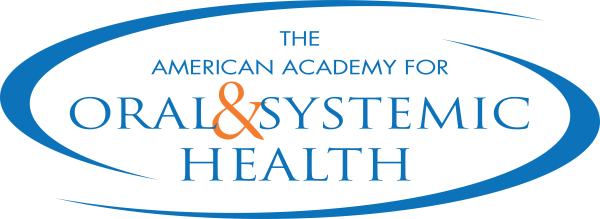Me too! Day after day, patients dismiss their oral health, writing it off as “My gums have always bled.” Inside, my head was exploding, but outside my heart was opened. I knew that I had a chance to educate my patients to a whole new level of health. One where their energy would be boosted, risk to coronary heart disease would be lowered, and the chance of them developing diabetes would be significantly reduced.
I became a hygienist on a mission. I instinctively knew that if things were going to change, I was the one who had to make the shift. After years of following what I was taught in school, I knew that I had to find a new way to communicate. A method that allowed the patients to fully experience the impact of oral bacteria. I had to take it out of the academic into something they could connect with. Here’s my three-prong approach to health education.
Step One: Make it Visual. What I discovered was that most people are visual learners. A picture is worth a thousand words, right? Imagine the impact of video! I did my research and gained the support of my doctor to bring in a high-definition microscope. With one 25-cent slide and a couple of minutes of my time, I can show the patient the pathogenic bacteria wreaking havoc in their mouth and their body. Salivary diagnostics is another avenue. The lab report graphics tell a great story once they see this for themselves, it’s game over!
Step Two: Get the Patient Involved. It’s one thing to see bugs through a microscope, it’s another to pinpoint and link it back to the patient’s mouth. After I gather a slide sample, the patient is instructed to use a proxi-brush and go between the teeth in a quadrant. Never again will you hear the words “You made me bleed.” MyPerioPath® is another way to learn the specifics to help change the patient’s outlook on their oral condition.
Step Three: Link it to Overall Health. Referring to the medical-dental history and their salivary diagnostics results, I look for lifestyle clues, medications, and family history to help tell the story of the patient’s risk to heart attacks, strokes, and diabetes. At this point, I have their full attention. I no longer talk about “dental treatment plans” with my patients. Together, we are crafting a “lifetime health plan” which includes myself supporting oral health, the dentist for restorative needs, and their physician to help lower all inflammatory markers.
Helping patients shift from being sick and tired to energized and engaged brings tremendous satisfaction to my career. I have become more productive, less stressed, and extremely confident in my recommendations to the patients.
We hope you enjoyed the throwback blog. This interview originally posted 8/24/2018.
If you want to learn more about the oral-systemic connection and how to implement it into your practice, come to the American Academy for Oral Systemic Health’s Scientific Session Collaboration Cures in Phoenix, AZ. This meeting, hosted in conjunction with ACAM and AAPMD, brings together functional medicine, airway/breathing, and oral-systemic health.
- Sick and Tired of Patients Being… Sick and Tired? - July 1, 2022
- Sick & Tired of Patients Being … Sick & Tired? - August 24, 2018


